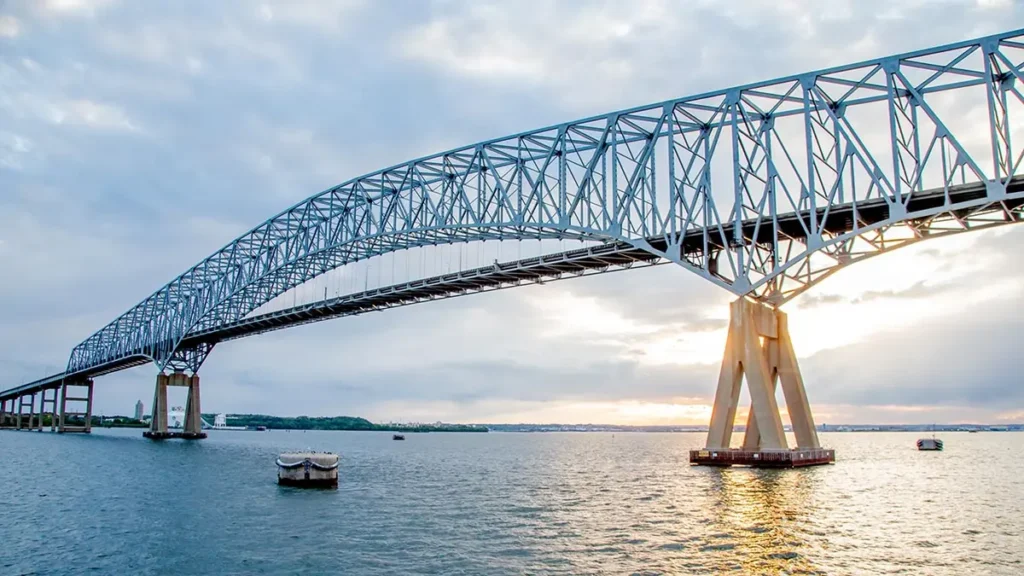Addressing press today, Lloyd’s CEO, John Neal underscored the significance of the event as an opportunity for the insurance sector to showcase its pivotal role.
Current estimates indicate potential insured losses exceeding US$2 billion, surpassing the record set by the 2012 marine insurance losses from the Costa Concordia capsizing
Neal reassured listeners that the vessel, bridge, and Port Authority involved in the incident are all insured, highlighting the inherent protection provided by insurance coverage.

Bruce Carnegie-Brown, Chair of Lloyd’s of London, told also told journalists that the payout from the Baltimore bridge collapse and the aftermarth might be “the largest-ever marine insured loss.”
Experts predict that the disaster’s insured losses would reach a sum within the single-digit billion range following a massive cargo ship collision with the Francis Scott Key Bridge earlier this week, with six individuals presumed deceased.
“We’re beginning to deploy resources in anticipation of this being a very substantial claim for the industry. And for the Lloyd’s market, it’s going to take some time for for the complexity of the situation to unravel,” Carnegie-Brown said.
Insurance industry ready to assist, says Neal
While acknowledging the potential for debates surrounding subrogation – determining fault and responsibility for losses, Neal expressed confidence in the industry’s capacity to navigate such complexities internally.
“The good news is we are talking about an insured loss,” Neal said.

He continued: “We can show the value of insurance on what is a complex and expensive loss, because each element of that claim will be dealt with by the insurer… I think it’s positive. I think we can demonstrate the value of insurance through this type of loss.”
From Lloyd’s perspective, Neal noted that the marketplace is prepared to handle costs arising from significant individual risk or natural catastrophe losses, indicating that the Baltimore bridge collapse falls within expected parameters for the market.
The incident’s complexity suggests that a comprehensive understanding will take time to emerge.
Neal added: “When we’re trying to innovate and think about new products, here we have another type of loss that impacts the supply chain. We saw the same with the Russian invasion of the Ukraine… If you go back to the Thai floods in 2011 we saw the same issue.”
According to reports, reinsurers are anticipated to bear the brunt of the total insured loss from the Baltimore bridge collapse, reflecting the industry’s collective response to manage and absorb such significant events.
Author: Joanna England









